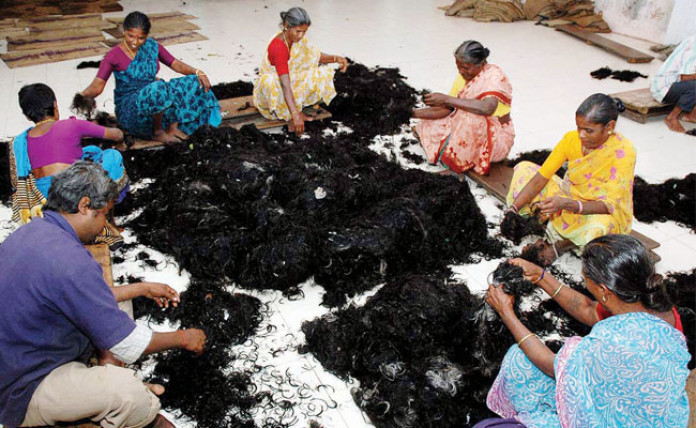Tirupati is a significant place that I have always wanted to visit, ever since I learned about its importance. Located in the Chittoor district of Andhra Pradesh, Tirupati is home to the renowned Lord Venkateshwara Temple. This temple is not only one of the most frequented pilgrimage sites globally but also ranks among the world’s wealthiest temples. It goes by various names, including Tirumala Temple, Tirupati Temple, and Tirupati Balaji Temple. Many believe that this temple is where Lord Venkateshwara transformed into an idol and where the deity Govinda resides. Tirupati is also one of India’s ancient cities, with mentions in several old Vedas and Puranas.
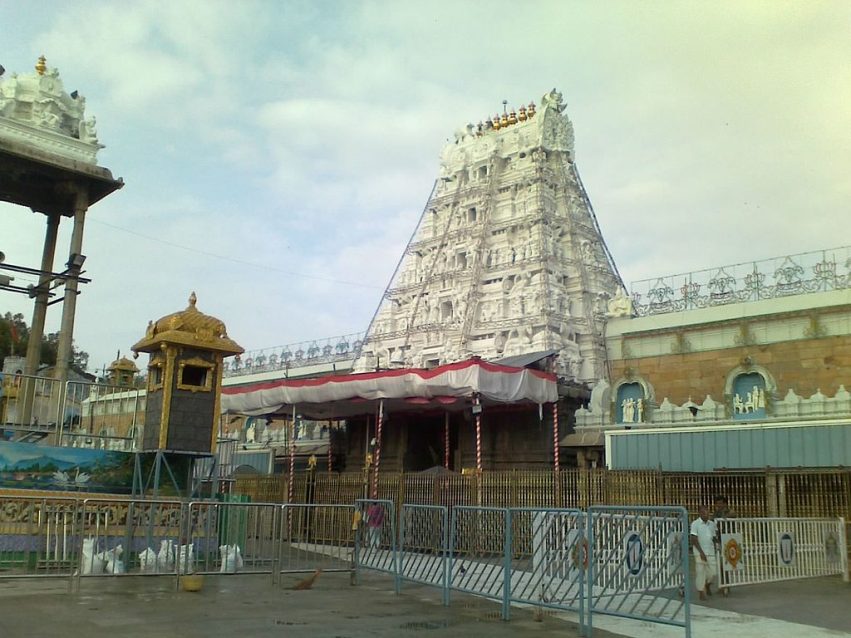
Years ago, during a college trip to Tirupati, I’ve always known that one of the unique aspects of this temple is the Tirupati Laddoo. This sweet offering, given as prasad, has a special Geographical indication tag. This is to ensure it’s made and sold exclusively at the temple. I was looking forward to having it. However, during my visit, what truly astonished me was the tradition of head-tonsuring. I found myself surrounded by friends eager to offer their hair to Lord Venkateshwara. “Are you joining us?” they asked, their eyes gleaming with a mix of excitement and reverence. “Women shave their heads here all the time.”
I hesitated, my fingers instinctively touching my long hair. “I don’t have a ‘mokku’ or vow to fulfil,” I replied, trying to explain my reluctance. One friend, with a mischievous glint in her eye, said, “No mokku for me either. I just want to feel the breeze on my bald head. And, of course, post the new look on Instagram!”. I watched, fascinated, as men and women, their heads crowned with thick, lustrous hair, returned with smooth, shiny scalps.
The sight left me with a burning question: Why do people shave their heads in Tirupati? My search for answers led me to a profound realization. Hair, often a symbol of beauty and vanity, when offered, becomes a gesture of letting go of one’s ego. The act of tonsuring, it seemed, was a humble offering of oneself at the feet of the divine. This newfound understanding stirred something within me. The next time an opportunity to visit Tirupati arose, I declared my intention to tonsure my head. The reactions were swift and varied. “You’ll look like an egg!” one friend exclaimed, while another warned, “Remember Kancha Cheena from Agneepath?” My mother, ever the dramatic, lamented, “If your hair doesn’t grow back, who will marry you?”
But my resolve was firm. It wasn’t just about the act of shaving; I wanted to delve deeper into the world of hair donation at Tirupati Balaji temple. I learned that the temple, one of the richest in the country, earns a staggering Rs 150 crore from these hair offerings alone. So, with a heart full of curiosity and a head full of hair, I booked a Savaari and embarked on a journey from Hyderabad to Tirupati. What I discovered was a blend of deep-rooted faith, cultural significance, and Tirupati’s wig industry built around hair donations. The experience was more than just a haircut; it was a dive into a world where spirituality met commerce, where personal journeys intertwined with age-old traditions.
Locks of legacy – Tracing the history of Tirupati’s wig industry
Tirupati is the most famous pilgrimage destination of South India, and the most popular one. It is located in the Chittoor district of Andhra Pradesh, about 750 km southwest of Vishakhapatnam, and is also home to other historic and ancient temples. Hence, the town is also referred to as the Spiritual Capital of Andhra Pradesh. In the heart of Tirupati, a practice steeped in history and legend beckoned my curiosity. The tradition of hair donation wasn’t just a recent phenomenon; its roots traced back to the 12th century. As I delved deeper, two captivating stories emerged, painting a vivid picture of faith and sacrifice.
The royal offering – Padmavathi’s sacrificial saga at Tirupati
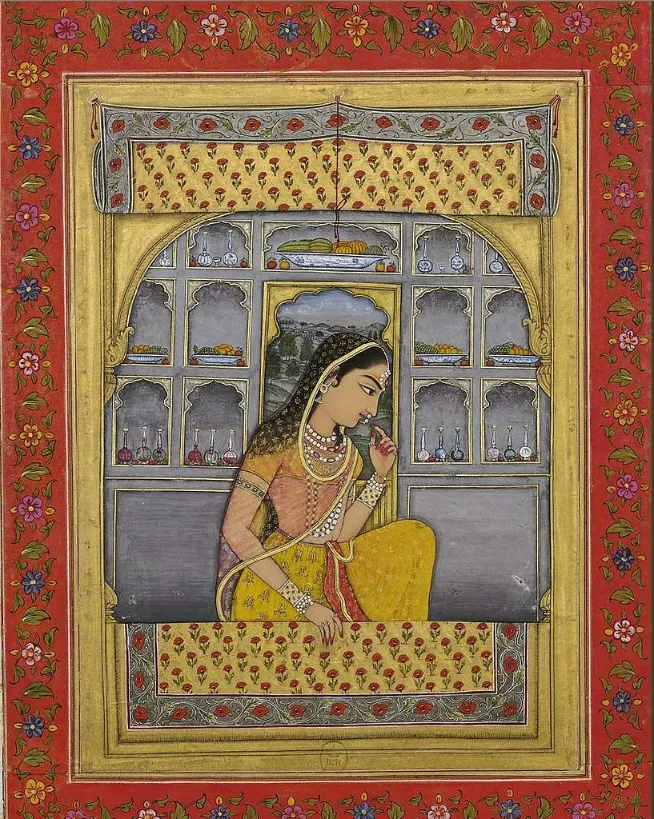
The first tale spoke of Princess Padmavathi, who, along with a group of devotees, had journeyed to Tirupati to seek Lord Venkateswara’s blessings. But their pilgrimage was marred by danger. Bandits ambushed them. In her desperation, the princess made a heartfelt vow: she’d offer her hair to the Lord if he saved them. True to legend, Lord Venkateswara intervened, rescuing the princess and her entourage. In a profound act of gratitude, Princess Padmavathi sheared off her hair, laying it at the deity’s feet. This gesture of devotion inspired countless others, setting in motion a ritual that would see millions emulate her sacrifice over the centuries.
Locks of devotion – Neela Devi’s eternal offering
Yet, another tale wove a different narrative. It spoke of a time when Lord Balaji’s deity was covered by a mound of ants. Every day, a cow would mysteriously journey to this mound, nourishing the ants with its milk. The cow’s owner, perplexed and angered by this behaviour, struck the cow’s head with an axe. But instead of harming the cow, it was Lord Balaji who bore the brunt of the blow. He lost some of his hair in the process. Witnessing this, Goddess Neela Devi, in an act of unparalleled compassion, cut off her hair, placing it on Balaji’s wound. Miraculously, the wound healed. Lord Narayan, deeply moved by Neela Devi’s sacrifice, declared that hair, a symbol of beauty, when offered with pure intent, had the power to fulfil wishes. This belief further solidified the tradition of hair donation at the temple.
The spiritual significance of hair tonsuring at Tirupati
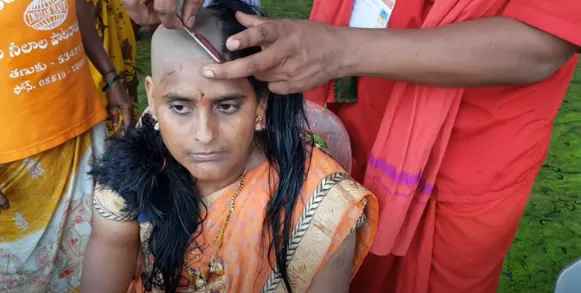
The act of tonsuring, is a profound gesture, symbolizing the renunciation of material beauty and the surrender of one’s ego to the Supreme Lord. I came across a verse in Dharma Sindhu, which further illuminated the spiritual significance of this act:
“tIrthopavAsa kartavya sirasomundanAnicha sirogatAni pApAni yAntimandanatho yatah”
This verse beautifully encapsulates the essence of the ritual. It suggests that when one embarks on a pilgrimage, be it to a sacred temple, a holy river, or any revered place, they should shave their heads. The hair, according to this belief, carries with it one’s ‘pāpa’ or sins. By removing the hair, one symbolically sheds these sins, purifying oneself before entering a sacred space.
This belief extends beyond just pilgrimages. It’s also the reason why sons, upon the passing of a parent, shave their heads. By doing so, they cleanse themselves of their sins, making them spiritually eligible to perform the sacred funeral rites or Śrāddha. What struck me most was the sheer number of women who participated in this ritual daily. Over 1,500 women, each day, willingly let go of their locks, a symbol of beauty in many cultures, to demonstrate their faith and devotion. Rural women of coastal Andhra and Tamil Nadu grow long hair and offer it to Lord Venkateswara in a custom called “Niluvu Dopidi”. This act, especially in a society where a woman’s hair is often tied to her identity and beauty, is a powerful testament to the depth of their faith and the transformative power of spiritual surrender.
From Temple to trade – The lifecycle of donated hair
Every year, devotees from all corners of the world come to this sacred space, and in their act of faith, they leave behind a staggering 500 to 600 tonnes of hair. Once the hair is offered, it undergoes a meticulous procedure to ensure its hygiene and quality. The hair is first boiled, effectively sterilizing it. It’s then rinsed thoroughly, dried, and stored in specialized godowns where the temperature is carefully controlled to maintain the hair’s integrity.
But what happens next is what truly fascinated me. This hair, once a personal offering to the deity, enters the global market. The Tirumala Tirupati Devasthanams conducts an e-auction, categorizing and selling the hair to the highest bidders. This process rakes in crores of rupees, showcasing the immense value of this unique commodity.
Tirupati’s wig industry to Tinseltown – The global demand for local strands
The journey of this hair doesn’t end at the auction. It travels across continents, finding its way to international markets where there’s a high demand for natural human hair. Europe, America, China, Africa – these are just some of the destinations where the hair from Tirupati is transformed. It’s crafted into wigs and hair extensions, catering to fashion, cosmetic, and medical needs.
If wigmakers and e-traders are to be believed, many foreign film stars, especially in Hollywood have begun donning wigs made of hair tonsured. Why? They are the best quality and also due to the spirituality angle. Majority of the Indian men and women use natural methods to protect their hair unlike people from other countries who use various chemicals (shampoo) to clean and beautify their hair. So Indian hair is natural – strong and durable and can be coloured, curled, heated and blow-dried. It is said that the final product made from Indian hair is sold between $1000 to $3000.

The long hair of women is more priced and used in making hair extensions and wigs. The tonsured hair from men is used in coat linings. The Chinese are famous for mixing it with local hair to make cheap wigs and hair extensions. It is used to extract l-cysteine, which is a precursor in the food, pharmaceutical, and personal care industries. One of the largest applications is the production of flavours. It’s a fascinating cycle – from a deeply personal and spiritual offering in a temple atop the hills of Tirupati to a sought-after commodity in the bustling markets of global cities.
So the next time you see a picture of Angelina Jolie displaying her majestic mane, it may just be a wig made of hair from Tirupati.
The process of hair segregation at Tirupati
The sprawling kalyanakatta was a hive of activity. This is where the magic of Tirupati’s wig industry happens. Everywhere I looked, barbers were engrossed in their task, skillfully and efficiently tonsuring heads, their hands moving in practised rhythm. The sheer scale of the operation was astounding, with hundreds of barbers working tirelessly to accommodate the endless stream of devotees.
Amidst this bustling scene, an elderly barber caught my eye. Taking a brief respite from his duties, he sat sipping tea, his experienced eyes observing the surroundings. Sensing my curiosity, he beckoned me over with a warm smile. As I approached, he began to share the intricacies of the tonsuring process, a ritual he had been a part of for many years.
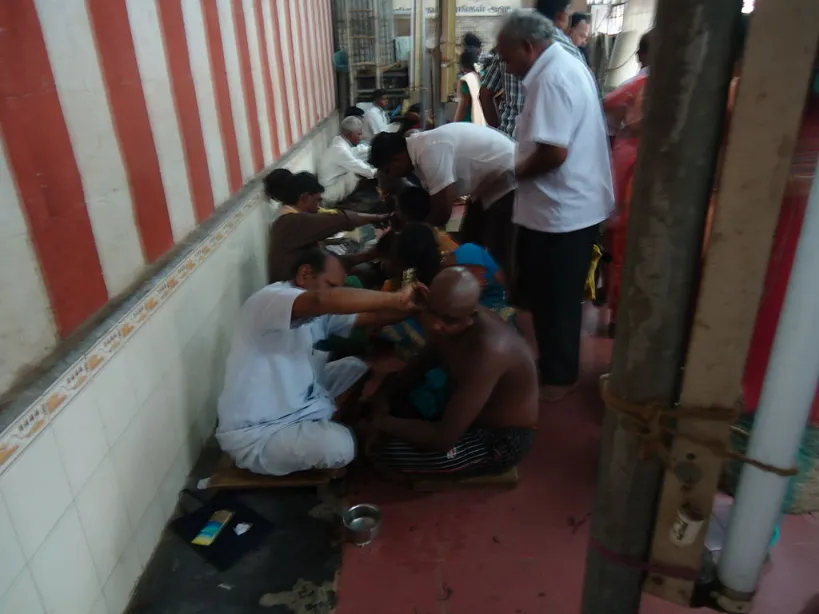
He explained that the hair is cleaned and dried at controlled temperatures and stored in categorised bins at a TTD warehouse in Tirupati. It is broadly divided into six grades depending on the length and texture. The highest grade belonged to hair that was both black and longer than 16 inches, prized for its length and natural colour. The next grade consisted of black hair ranging between 8 and 16 inches, followed by black hair that was shorter than 8 inches. The last two grades considered the lowest, were reserved for grey and other coloured hair. He also told me that about about 650 barbers work here, including 60 women. Each of them is trained to shave about 60 heads during a six-hour shift.
His words painted a vivid picture of the journey each strand of hair underwent, from being a cherished part of someone’s identity to its categorization based on length and colour. It was a process that combined reverence with practicality, ensuring that each offering was treated with the utmost respect and care.
The future of Tirupati’s wig industry
Until the turn of the millennium, the temple’s annual revenue from the sale of hair hovered between 100 to 150 million rupees. This might seem like a significant amount for Tirupati’s wig industry. However, in the grand scheme of global commerce, it was relatively modest. However, the dawn of the 21st century brought with it a seismic shift in the market dynamics for human hair.
Within just a few years, the earnings of Tirupati’s wig industry skyrocketed from 150 million rupees to an astounding 330 million rupees. This year, expectations are running high. With the continuous growth in the global hair industry, Tirupati’s wig industry revenue is expected to break all previous records.
Insights into the tonsuring experience
As I stood in line, the air thick with the chants of “Govinda, Govinda,” I felt a mix of anticipation and reverence. The queue moved steadily, each devotee stepping forward to offer their hair, their ego, and their vanity at the altar of faith. Soon, it was my turn. I was handed half of a traditional shaving blade. I was then directed to a corner where a barber awaited. He grinned at me, unwrapping the new blade and fitting it into the razor, or ‘ustra’. My head was then moistened with lukewarm water, prepping it for the ritual that was about to unfold.
With swift, practised strokes, the barber sheared off my hair in just two minutes. My hair, a part of my identity for a lifetime, was now lying on the floor, separated from me. The contrast struck me. A typical haircut, designed to enhance one’s appearance, takes up to 45 minutes. But tonsuring, an act of spiritual surrender, took just a fraction of that time. It was as if the universe was sending me a message: bolstering the ego takes time, but letting go of it happens in an instant.
As I walked away, my head lighter both literally and metaphorically, I felt a newfound sense of freedom. I had not only offered my hair but had also shed layers of vanity and ego. People joked, calling me names like “half-boiled egg” or “Voldemort.” But I didn’t mind. I was proud to be a small part of a tradition that was much larger than myself. I was happy to contribute to both a spiritual legacy and Tirupati’s wig industry globally.
The serene beauty of Tirupati, with its rolling hills and the echoing chants of devotion, added a layer of profundity to my experience. To have undergone this transformation in such a sacred space was truly a blessing. For those who are inspired by my journey or simply wish to experience the magic of Tirupati, I recommend downloading the Savaari app. With its expert chauffeur service, navigating the holy town becomes a breeze, allowing you to immerse yourself fully in its spiritual ambience. Whether you’re on a quest for self-discovery or simply seeking blessings, Tirupati and its traditions await you.
Book our Tirupati car rental service with an expert driver, and navigating the holy town becomes a breeze, allowing you to fully immerse yourself in its spiritual ambience.
Last Updated on March 13, 2024 by aditya
